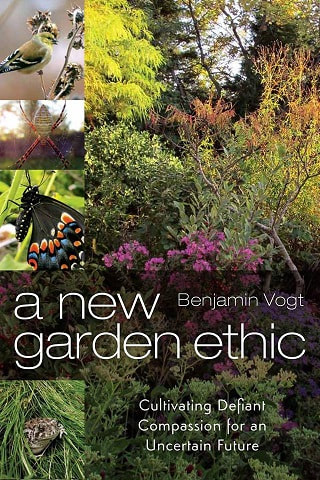Keep in mine that not all of these plants will be suited to your site conditions, and their respective behaviors might not automatically mesh with any other plant on the list (think clumper vs spreader). We place plants intentionally in the landscape, to match the site and even microclimates as well as the nearby plant community. So having a list of "shade plants" is simply just a starting point -- do your research.
For example, Carex pensylvanica pairs well with a more aggressive runner (and runners run more in looser / richer soil) like the Conoclinium or Solidago, while Aquilegia goes semi dormant by mid summer so it works well among a more behaved clumper like Carex albicans.
What plants did we use?
Aquilegia canadensis -- wild columbine
Polygonatum biflorum -- solomon's seal
Mertensia virginica (ephemeral) -- Virignia bluebells
Geranium maculatum -- wild geranium
Thalictrum dioicum -- early meadow rue
Heuchera richardsonii (in part sun spots) -- prairie alumroot
Amsonia illustris (in a spot that gets some late afternoon sun that will be hedge like) -- ozark bluestar
Blephilia hirsuta -- hairy wood mint
Rudbeckia laciniata -- cutleaf coneflower
Campanula americana (biennial) -- tall bellflower
Eutrochium purpureum (again, in a part sun spot) -- sweet joe pye weed
Eurybia macrophylla -- bigleaf aster
Conoclinium coelestinum (hoping the site isn't too shady, but it's not dense, deep, dark shade) -- blue mistflower
Symphyotrichum lateriflorum -- calico aster
Solidago flexicaulis -- zigzag goldenrod
Carex albicans (main matrix) -- white-tinged sedge
Carex pensylvanica (main matrix -- primarily used on slopes or erosion-prone spots) -- penn sedge
Carex sprengelii (drifts) -- sprengel's sedge
Carex blanda (scattered masses to create visual interest / texture) -- common woodland sedge
Shade gardens aren't difficult. Really. There are many, many options for a variety of site conditions -- especially for the eastern U.S. (what we know best here). Maybe we give up too easy and settle for what's available at thebig box -- like wildlife-snoozing Astilbe and Hosta. If you have a shady or part-shade space that's giving you fits, we can help you design the space, but if you're DIY check out the online classes on how to create layered landscapes for various sites.





 RSS Feed
RSS Feed

